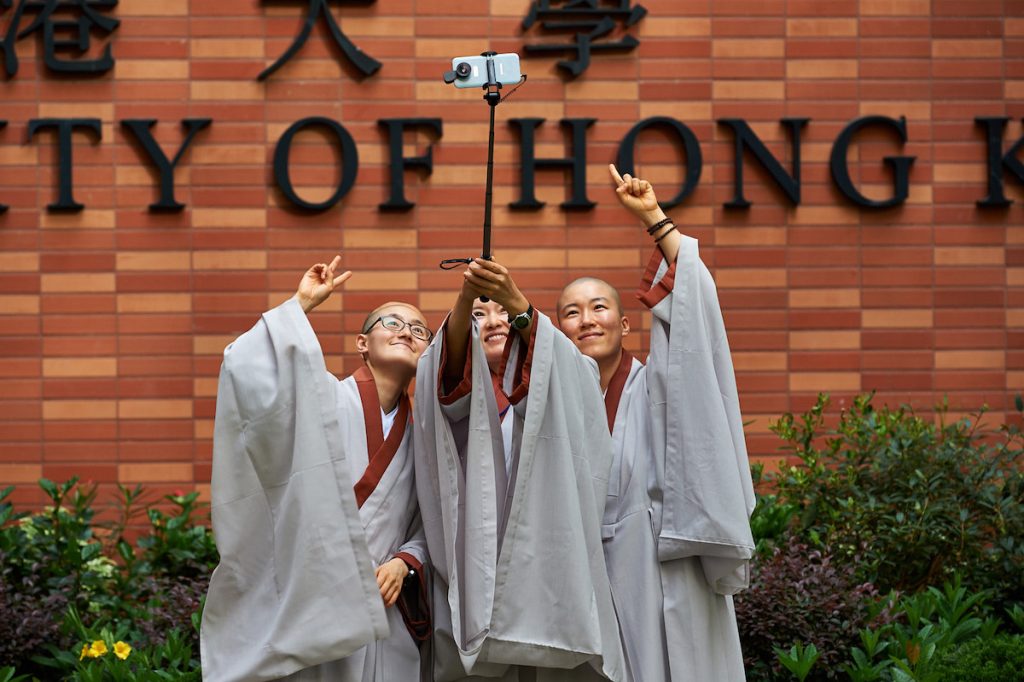In late June, Buddhist nuns and laywomen from around the world traveled to Hong Kong for the 15th Sakyadhita International Conference on Buddhist Women.
This conference marked the 30th year since the first gathering was held in Bodhgaya, India (where the Buddha attained enlightenment), in 1987. Sakyadhita means “daughter of the Buddha,” and the organization and conference were founded to unite Buddhist women from different countries and traditions, improve the environment and conditions in which they practice the dharma, reduce gender injustice, and awaken the spiritual potential of women.
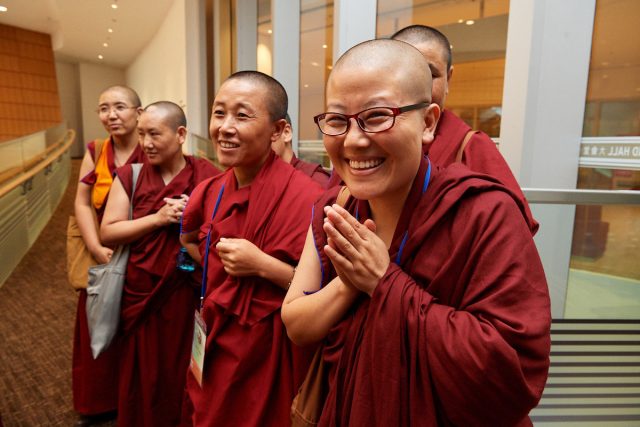
Since its founding, Sakyadhita has grown to 2,000 members from 45 countries.
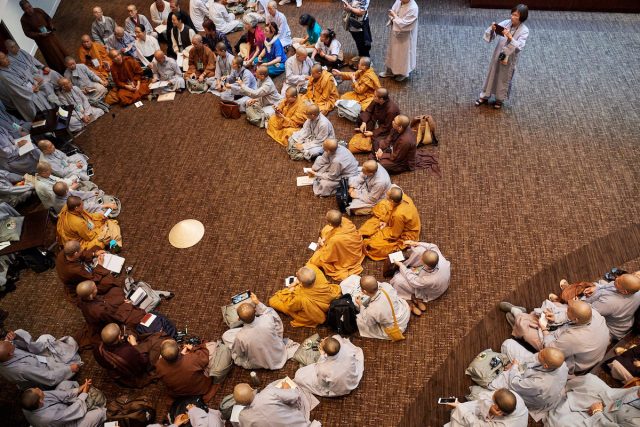
This year’s conference, called “Contemporary Buddhist Women: Contemplation, Cultural Exchange, and Social Action,” focused on the diversity of the worldwide women’s sangha.
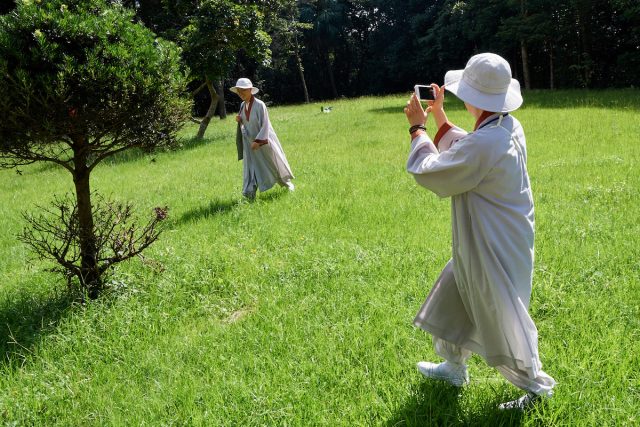
Jetsunma Tenzin Palmo, an influential Tibetan Buddhist nun and president of Sakyadhita International Association of Buddhist Women, gave a dharma talk on her experience of spending 12 years meditating in a remote cave in the Himalayas.
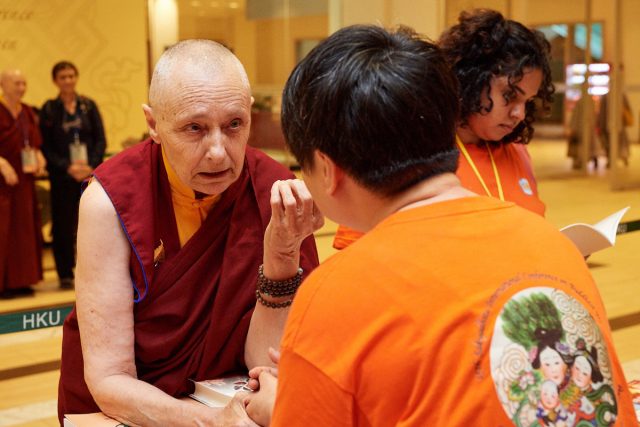
Throughout the conference, participants engaged in international, interreligious, and intergenerational dialogue through both panel discussions and casual conversations. There were music and dance performances, as well as Buddhist chanting in Pali, Chinese, Korean, Japanese, Tibetan, Vietnamese, and Mongolian.
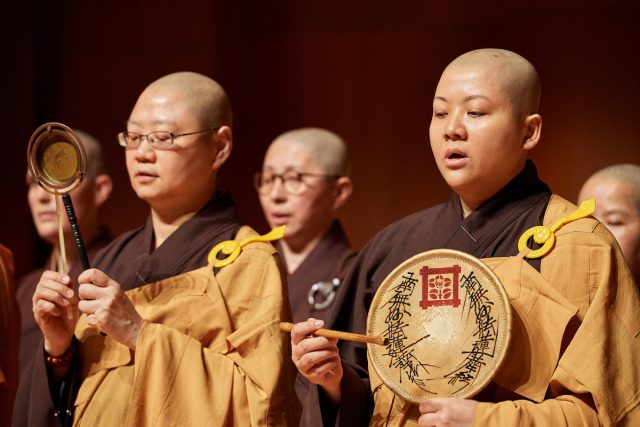
One important question raised during the conference was regarding social action. Should Buddhist women keep quiet and practice in order to benefit society, or should they be social activists? There was no correct answer offered. Finding and applying the Middle Way is a relative and personal path, speakers said.
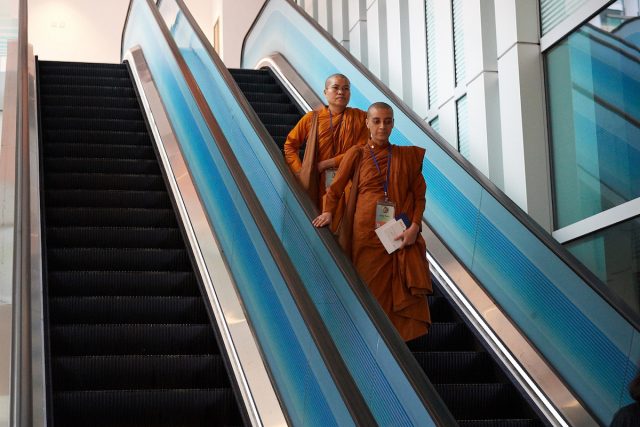
Participants also left the University of Hong Kong to visit Buddhist cultural sites that included the Tian Tan Buddha, a bronze statue of Shakyamuni Buddha that towers 112 feet above the ground.
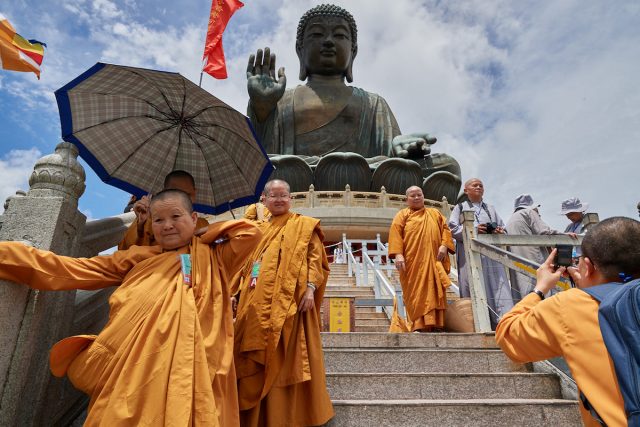
Ven. Karma Lekshe Tsomo, who has been the main organizer of the conference since its inception, announced that this was likely the final conference she will organize. She is planning to retire to focus on teaching and other dharma projects. During the closing ceremony, she was presented with photographs from her work for Sakyadhita.
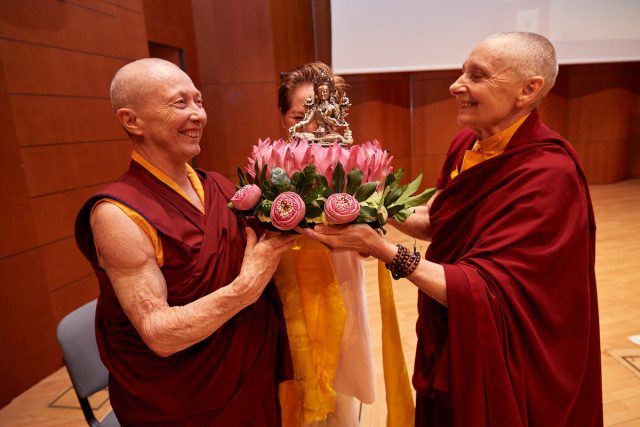
Thank you for subscribing to Tricycle! As a nonprofit, we depend on readers like you to keep Buddhist teachings and practices widely available.
